
It’s the final Gold race for the Sport Class at the Stihl National Championship Air Races outside Reno, Nevada. I’m in an Aero Vodochody L-39 Albatros, making circles at 8,500 feet above the Reno-Stead Airport, watching as a group of eight Lancair Legacies, Super Glasairs and Thunder Mustangs battles it out at high speeds around the pylons. At the controls of the L-39 is Mark “Magic” Johnson, a former U.S. Air Force pilot and current USAF Reserve pilot who flies pace for the Sport Silver and Gold heats. It’s a perfect day for racing, with clear skies and winds as gentle as they get in this high desert landscape. Pilot and builder Jeff LaVelle, who has been dominating the Sport Class in his souped-up Super Glasair III, Race 39, lost the pole position for the final heat to Andy Findlay in Race 30, also known as One Moment, in a thrilling race on Saturday afternoon. For this final race, LaVelle is pushing Race 39 as hard as he can to catch Findlay, who is clocking the course at an average speed of more than 400 mph. On the final lap, in what’s called the Valley of Speed — the area just before the final turn to the home pylon — I watch in horror as a fat trail of smoke appears behind one of the airplanes on the course. Magic calls out “smoke” and points the light jet toward the ailing airplane. Like any Reno race day, the day started early in “the room of long benches” tucked in the back of one of the large hangars on the west side of the field. This is where the morning briefing is conducted by NCAR air boss Greg “Shifty” Peairs. The “Shifty brief” for the Sport and T-6 classes happens at 7:30 a.m. sharp. The door locks at that time, and each pilot must sign a log to prove they were there. A missed Shifty brief means no flying for the day. Critical issues are discussed, such as what went right and what went wrong the previous day, what can be improved, safety considerations, weather, schedule and more. Like the racers, pace pilots have to attend the briefings and complete the Pylon Racing School, which takes place at Stead Field in June, to learn the procedures for the races and the specific pace-pilot duties. Those duties are numerous. One important task is keeping on schedule. Pace conducts a separate briefing for each heat to provide the race pilots with specific times for when to meet at the airplanes, start the engines, taxi to the runway, take off, enter the racecourse and land. Other details, such as the speeds for different segments of the flight, are also covered.
During the taxi phase and lineup for takeoff, pace observes the airplanes to make sure they are configured properly, the doors are closed, and none of them are dripping fluids, have flat tires or appear to suffer any other issues. The only ground issue Magic and I found during the 2018 races was a flat tire on Mathias Haid’s Thunder Mustang, Race 151. Fortunately, the issue happened on Friday, and Haid was able to fly both Saturday and Sunday.
After takeoff, the airplanes form up on the pace airplane and the group flies around Peavine Mountain. It’s the pace pilot’s job to direct them and bring them into a straight starting line in the chute before calling out, “Ladies and gentlemen, you have a race!” Ladies? Yes, we did indeed have some very accomplished women in the Sport heats: Chiwami Takagi-Read, Jessy Panzer and Vicky Benzing, who is generally competitive in the Sport Gold but was not able to fly her faster Legacy this year, putting her in the Silver heat with Race 15, Lucky Girl. Benzing is also one of the top racers in the Jet Class in Race 15, an L-39 named Darkstar II.
Once the racers are on the course, the pace pilot monitors the race from above and alerts the race pilots if something looks wrong. If a mayday occurs, which is common in the final heats since the pilots push the engines way past the design limits, in some cases beyond 80 inches of MP, pace is there to help in any way possible. It can be a very busy job, and it is helpful for the pace pilot to have an observer as a second set of eyes in the cockpit.
While not in the same class as the sport airplanes, the L-39 is a terrific pace platform with great speeds to keep up with the racers; good maneuverability with a G-limit range from -4 to +8; simple, reliable systems that allow for momentary inverted flight; stellar visibility with a full glass canopy; and air conditioning for comfort. Another benefit is that it takes no more than a couple of minutes to fire up the jet and get it ready for takeoff.
Phoenix, the L-39 I had a chance to fly in during the races in Reno, is owned by Ed Noel, from Houston. The airplane was immaculately restored by the jet warbird experts at MinhJet in Hollister, California. For its efforts, MinhJet won the Gold Wrench and Noel the Grand Champion award for post-World War II airplanes at the 2012 EAA AirVenture in Oshkosh, Wisconsin. Phoenix is still exquisite inside and out, unlike many vintage warbirds I have flown.
MinhJet’s owner, Minh Venator, acts as the ramp boss for the Jet Class and has been in charge of the ramp since the Jet Class started in 2000. Unlike all the other aircraft pits, which are fenced off on the west side of the airport and require an additional ticket, the jet pits are governed by Racing Jets Incorporated and are open to all spectators without an additional fee. The jet area is on the east side of Stead Field, presenting an additional challenge for the Sport pace pilot who has to travel nearly the length of the entire runway between heats.
Safety equipment, such as flight suits, gloves and helmets, is required for race and pace pilots alike. Stephen Pennington helped get the jet, Magic and me ready for each flight, which was very helpful. A good comm system in the helmet is a must.
I had a chance to borrow a Lift Aviation helmet with a Lightspeed noise-canceling comm system, which worked great.
I have flown in old warbirds with mediocre helmets and headsets before, and it can be very frustrating when you can’t hear or communicate clearly.
Some racers appeared to have comm problems as they consistently had trouble checking in on the frequency before takeoff. This prompted several reminders during Magic’s preflight briefings to stay on top of the comm procedures. During one of the first flights, one of the pilots called “smoke” during the rejoin, which of course got everyone’s attention. What he meant was for the pace plane to turn smoke on to make it more visible. Our next brief included a discussion on how better to communicate the need for smoke.
The pilots also give feedback to pace. During the first couple of runs, Magic kept the speed as briefed, but the power was too high, which meant the racers had difficulties catching us in the climb. With a lower power setting on subsequent flights, the rejoins were much more efficient.
The types of pace planes for each class vary, but are generally similar to the race airplanes. The Sport Silver and Gold racers are fast enough that they use an L-39. The Unlimiteds are paced by a Lockheed T-33 flown by Steve Hinton, a former racer and president of the Planes of Fame Museum in Chino, California. The Jets are brought to the chute by an Embraer Phenom 300 flown by Jay Obernolte. While its speed limits are well within the boundaries of safely bringing the airplanes to the chute, it is not as maneuverable as an L-39, and it wouldn’t be able to quickly form up on an ailing airplane. Maydays are not as common in the Jet Class; the engines have fewer problems than the propeller-driven ones. However, in each heat, one race airplane and a backup are designated as the chase planes.
This year, the designated chase pilot in Friday’s Silver heat in the Jet Class was presented with an intense emergency during the last lap as two L-39s collided: Reality Czech, flown by Nathan Harnagel, and Race 37, flown by Brazilian Alexandre Eckmann. Jeff Turney, who acted as safety pilot in Robin 1 — also an L-39 — flew for several minutes on the wing of Reality Czech. Harnagel couldn’t have had a better safety pilot; Turney is a highly experienced racer, former air boss and co-founder of the Sport and Jet classes. He evaluated the airplane, which had a couple of bumps on the fuselage, and provided assistance to Harnagel on the way down.
Eckmann’s airplane was much worse off, and he got it on the ground before anyone had time to join up. The wingtip and aileron on one wing were gone, and the horizontal and vertical stabilizers were damaged as well. With extraordinary piloting skills, Eckmann controlled the airplane and got it down safely.
The Sport Gold final heat also creates more excitement than Magic and I have bargained for. The first emergency happens just after we release the airplanes for the race at the start pylon. Race 181, piloted by Karl Grove, calls the mayday and pulls up. He heads straight for Runway 14, the runway generally used for emergencies, and lands without incident.
Once Grove is on the ground, Magic and I climb up above the racecourse. LaVelle and Findlay are quite a ways ahead of the other racers, lapping some of them, so it is hard to see which white airplane is which.
As soon as we notice the smoke trail, Magic calls out “smoke” on the radio and dives toward the ailing airplane. Is it Bob Mills in Race 47, Jim Rust in Race 24 or LaVelle in Race 39? We don’t know until we get close enough to see the numbers on the tail — 39.
Being the final lap, LaVelle pulls up at the home pylon to gain some altitude to cool the engine down. With the excitement of the race, he hasn’t heard Magic’s call and doesn’t realize his dilemma until he has already flown away from the airport. He looks at his engine instruments and realizes something is very wrong. He calls mayday and starts heading for Runway 14. Magic and I follow beside him.
In some cases, when an engine blows, the windshield gets covered with oil, making the pace pilot the emergency pilot’s eyes to the outside world. LaVelle still has good visibility, but as soon as he lowers his landing gear the engine quits. With lots of drag and no power, the airplane sinks quickly. Magic and I watch in dismay as it appears that the airplane will end up in the dirt. But LaVelle skillfully puts the left main on the runway just as he turns final. All is well.
But the pace pilot’s job isn’t over yet. Like a momma duck making sure all of her ducklings are following in line, Magic has to make sure all of the race airplanes get down safely before landing. They do.
After the race, Magic and I head over to LaVelle’s pit. Race 39 has oil stains streaming down the cowl and nose gear. LaVelle asks excitedly, “Did I still get second?” A true race pilot! He can use the purse money from his second-place finish for a new engine, and there is no doubt that he will be back next year to give Findlay a run for his money.
A deserving winner, Findlay has had his share of maydays on the course. In past years I’ve seen his team work day and night to get the airplane flying optimally. Findlay credits his success to his sponsors, friends and his family, particularly his wife, Jackie. “It was an incredible week for the team,” said Findlay. “We have been chasing 400 mph for years.”

Sign-up for newsletters & special offers!
Get the latest FLYING stories & special offers delivered directly to your inbox

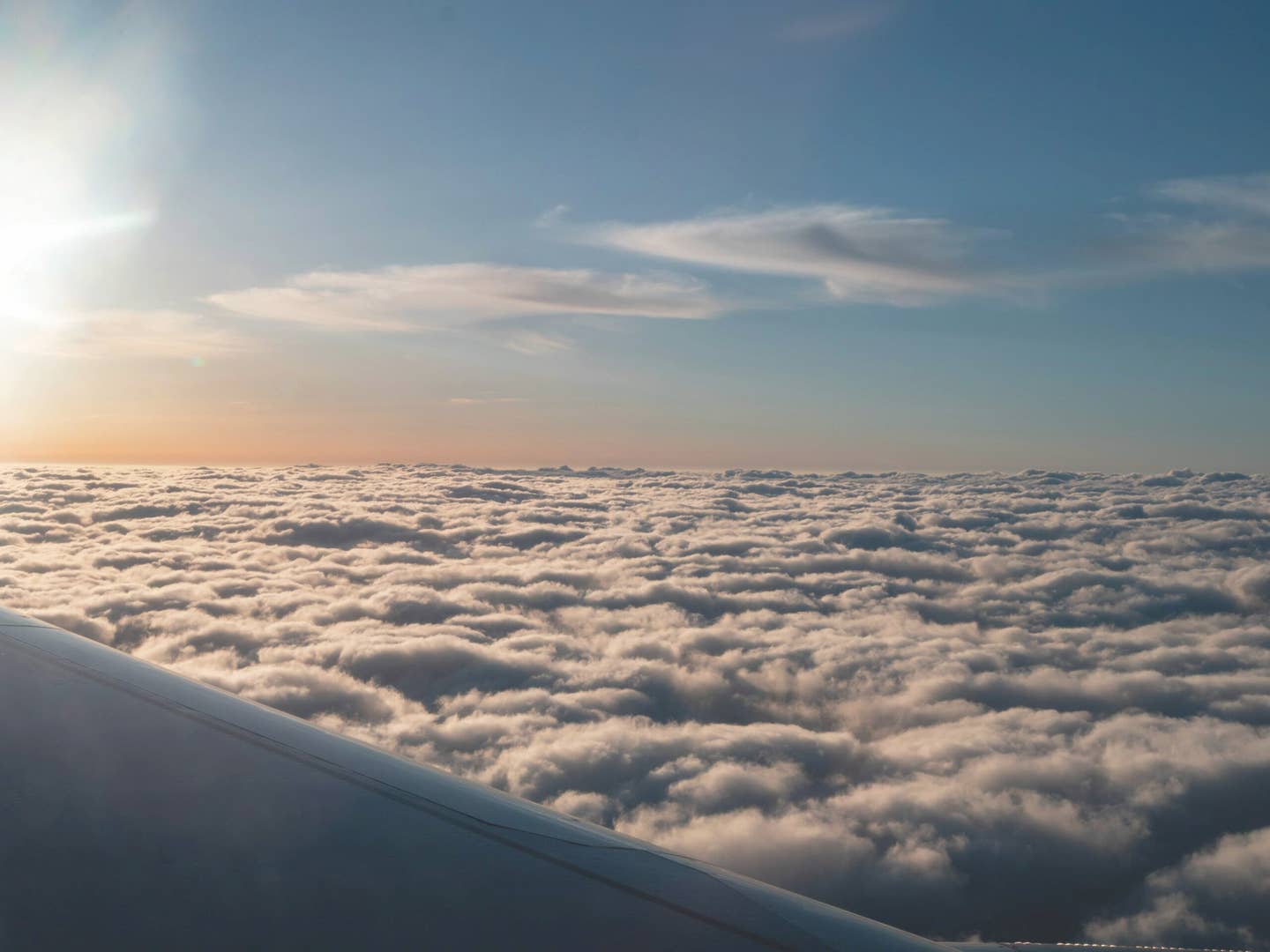
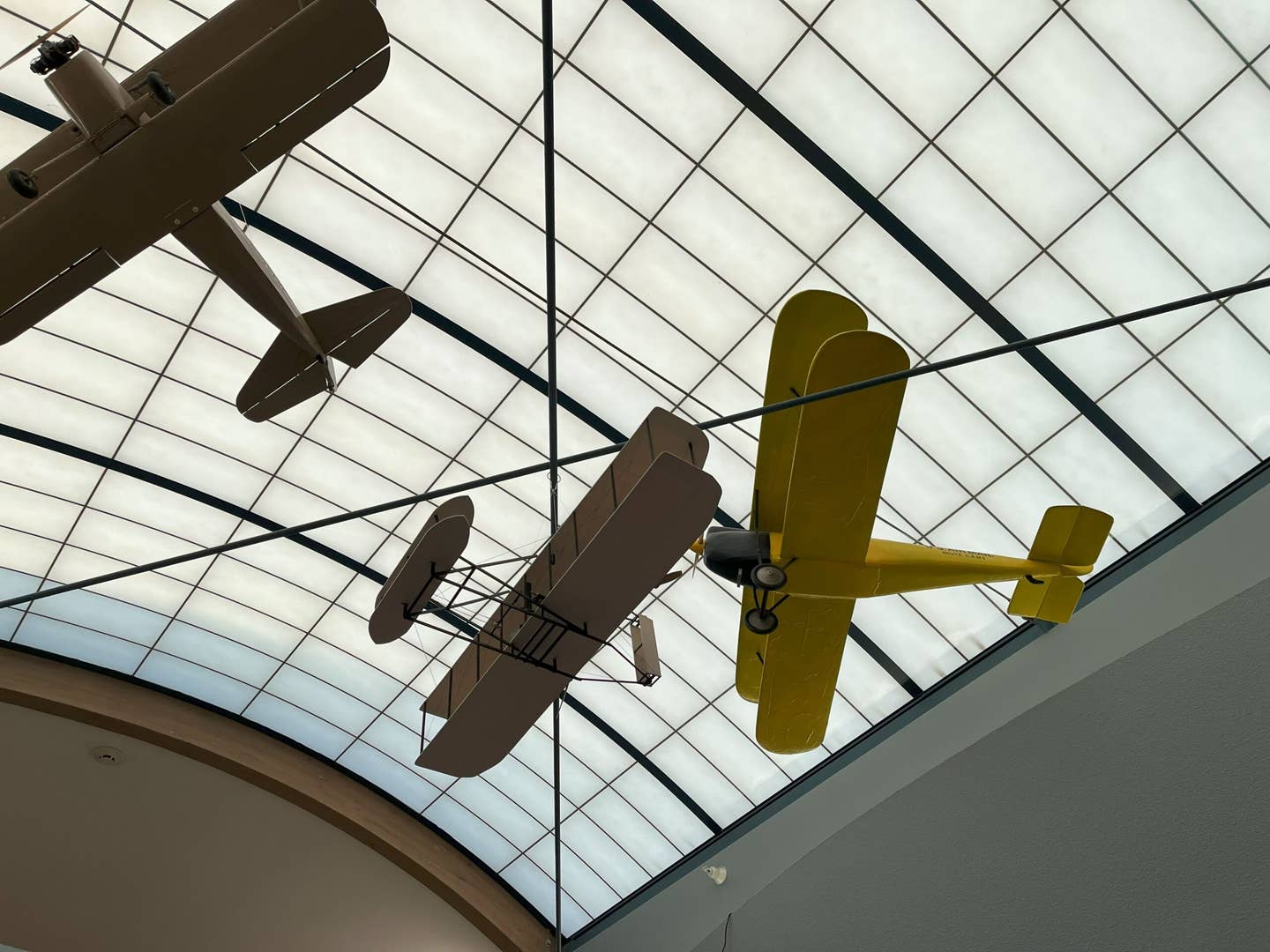
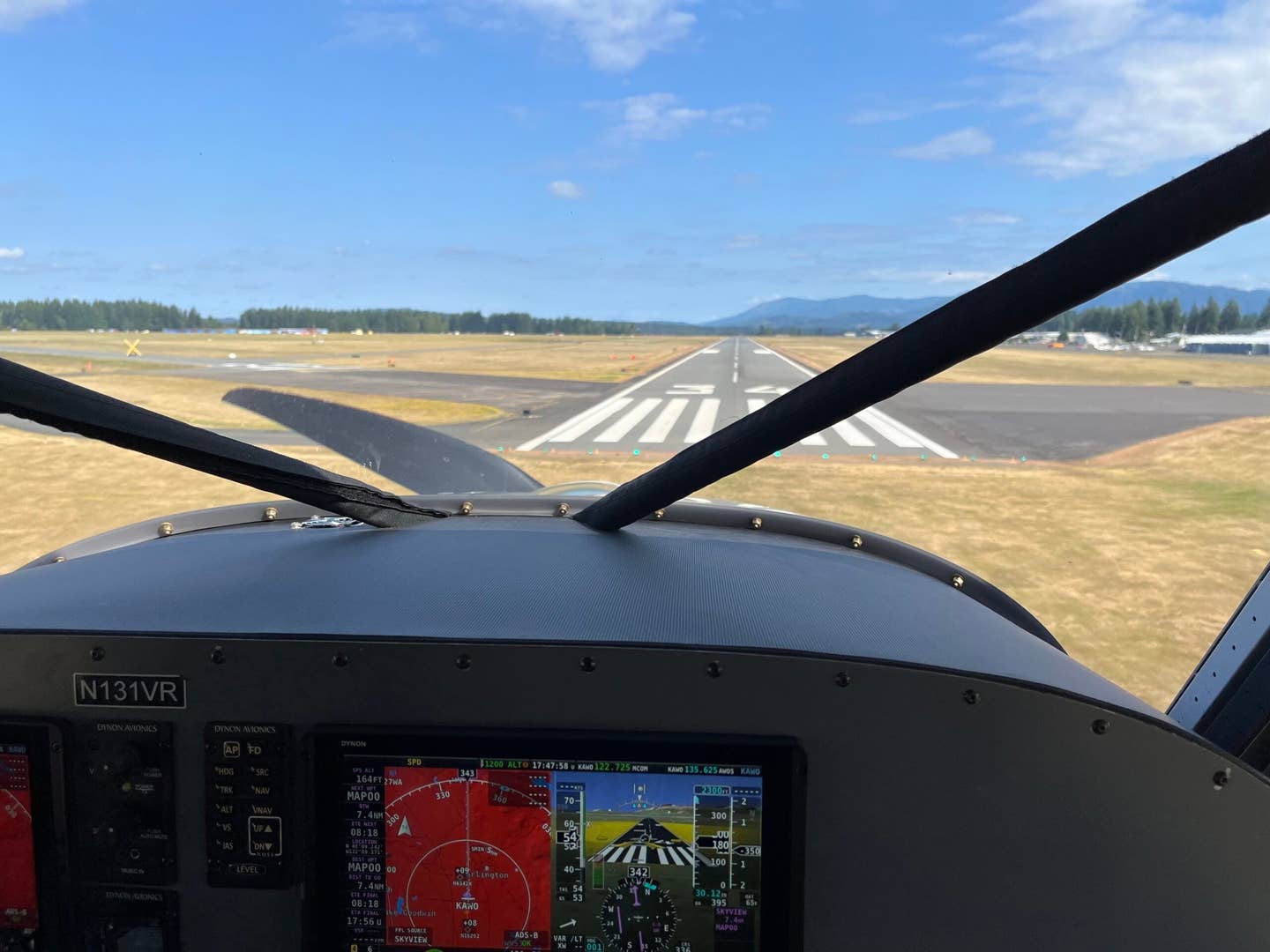
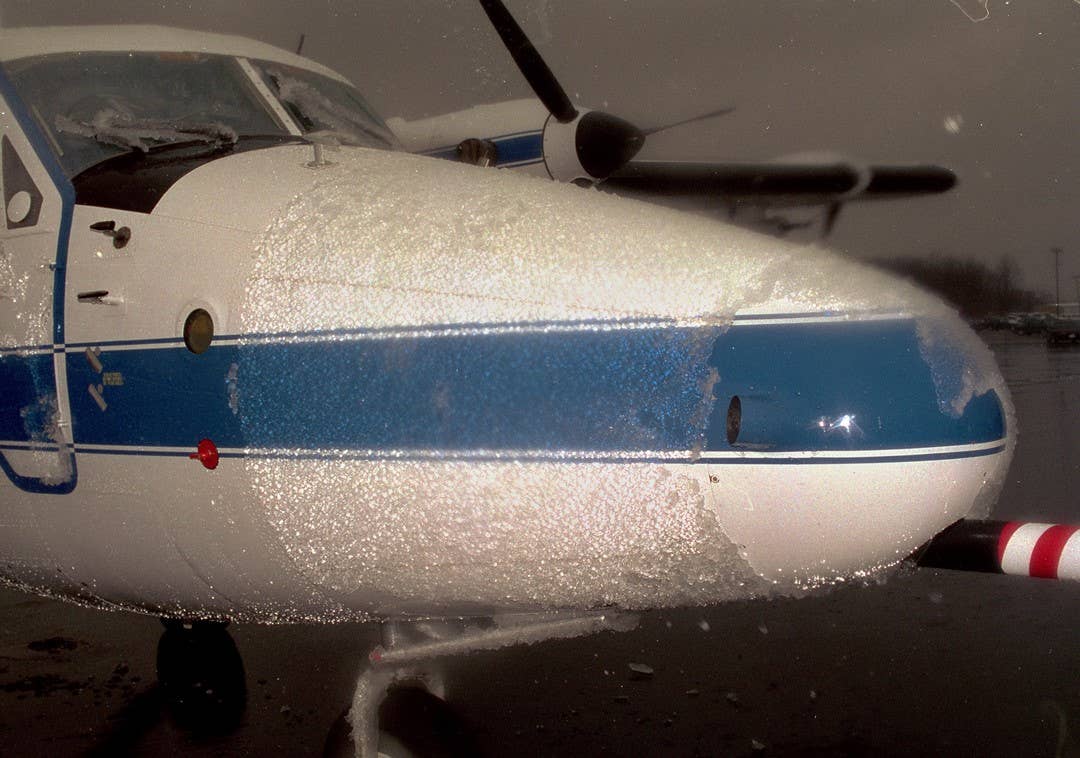
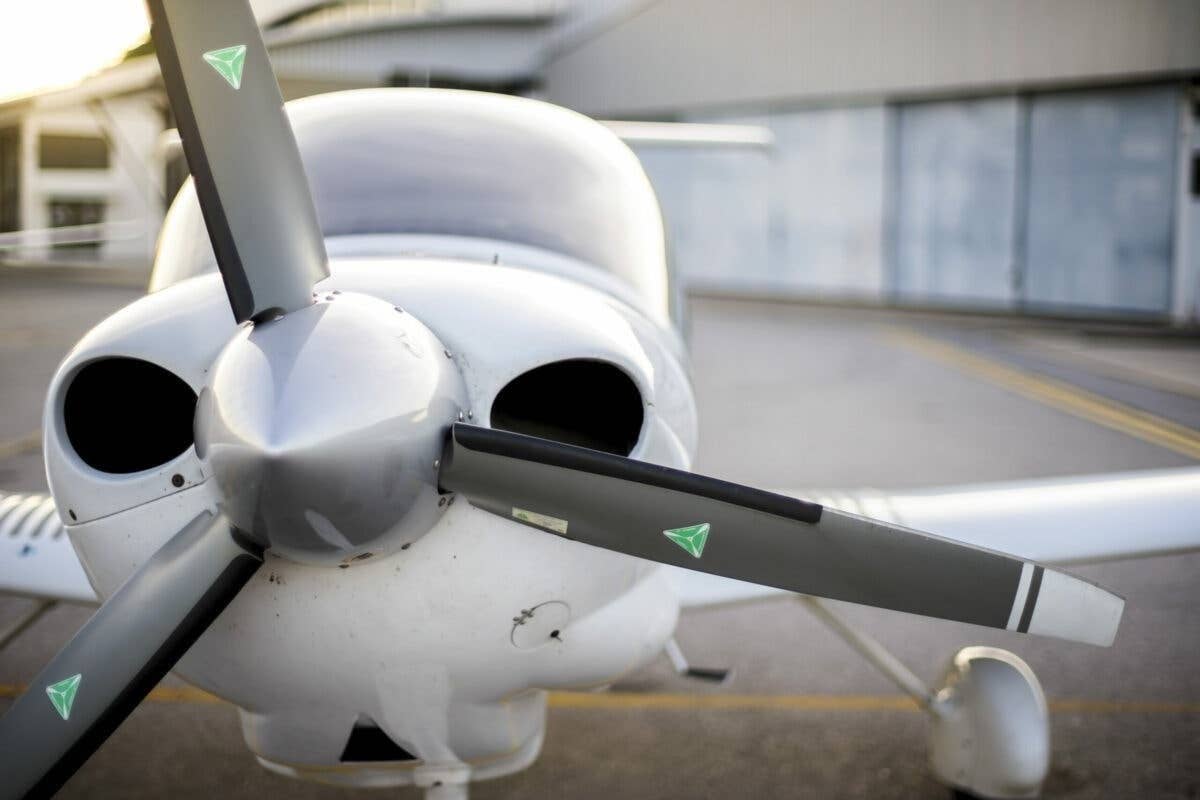
![[PILOT AND SNELLEN CHART PIC]](https://www.flyingmag.com/uploads/2022/11/2022-FlyingMag.com-Native-Advertising-Main-Image--scaled.jpeg?auto=webp&auto=webp&optimize=high&quality=70&width=1440)